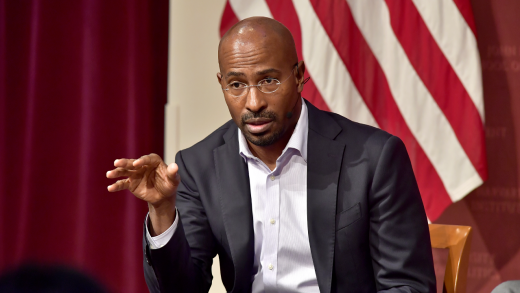
SINGAPORE – Institutional investors are quickly embracing CME’s futures for and solana , both launched earlier this year, alongside steady growth in bitcoin and ether derivatives, according to Tim McCourt, the exchange’s Global Head of Equity & FX Products.
Speaking at the ongoing Token2049 conference attended by CoinDesk, McCourt stated that total crypto futures open interest, a key indicator of institutional activity, has doubled year-over-year, now reaching $30 to $35 billion daily. Importantly, this growth isn’t driven solely by bitcoin.
CME’s cash-settled futures have long served as a go-to for institutions wanting exposure to cryptocurrencies through regulated products, without having to own the tokens directly.
Futures contracts are standardized, legally binding agreements between two parties to buy or sell an asset at a set price on a specific future date. Open interest refers to the number of active contracts at any one time, often expressed in dollar value.
“When we look at the new futures that we recently introduced this year, XRP and SOL, they are also enjoying institutional adoption, with open interest at record highs,” McCourt said during the panel “, Institutional Flows Into Digital Assets.”
SOL and XRP surge to $1B OI mark
The standard solana futures contract, sized at 500 SOL, debuted in mid-March and crossed the $1 billion notional open interest mark in August. Futures tied to the payments-focused XRP crossed that threshold in August, just three months after they began trading with a standard contract size of 50,000 XRP.
“The speed at which solana is accumulating open interest is really interesting. SOL took about five months to hit the one billion [OI] mark, compared to ether, which took about eight months. Meanwhile, BTC took three years,” McCourt said.
He also took note of the record activity in both ether futures and options. As of Tuesday, open interest in ether futures contract, sized at 50 ETH, stood at $9.05 billion, having hit a lifetime peak of $10.42 billion in August.
Ether futures began trading on the CME in early 2021. Open interest in ether options also hit a record high of over $1 billion in September.
“While crypto is hot, certainly ether is hot at the CME. We see record open interest, record trading volume, both in standard and micro size contracts,” McCourt noted.
CME futures contribute to price discovery
The availability of regulated crypto futures, along with the debut of spot ETFs in the U.S., has brought greater legitimacy and transparency to the market, attracting more institutional capital and increasing overall market liquidity.
CME’s cash-settled futures enable large investors to hedge risks, speculate, and establish arbitrage plays, effectively managing their net exposure.
These futures, therefore, contribute to price discovery, reduce volatility through an orderly trading mechanism, and pave the way for the broader adoption of digital assets within traditional markets.
Stablecoins as partners of traditional banks
The panel also included a discussion on the impact of ETFs and stablecoins, featuring insights from Binance CEO Richard Teng, Bitwise Asset Management CEO Hunter Horsley, and Heath Tarbert, president of Circle, the issuer of USDC, the world’s second-largest stablecoin.
Tarbert said that stablecoins are ideal partners for traditional banks, emphasizing the importance of legal and regulatory clarity.
He added that stablecoins like USDC can help banks integrate and offer tokenized versions of their lending products, stressing that these dollar-pegged tokens are not competitors to banks but pathways to create new financial products.
Horsley said that 2025 marks the beginning of the mainstream era for crypto while Teng highlighted different waves of institutional interest.


